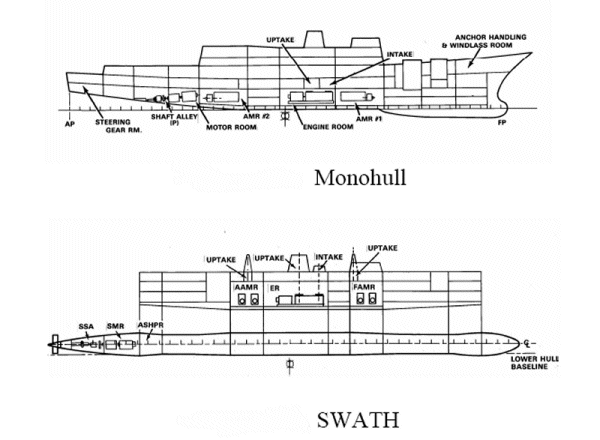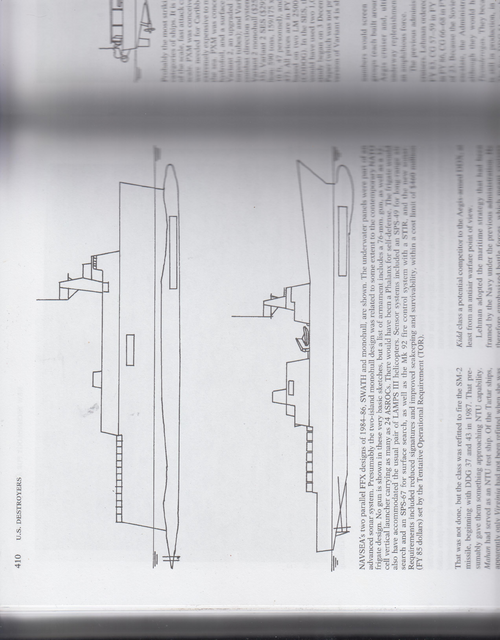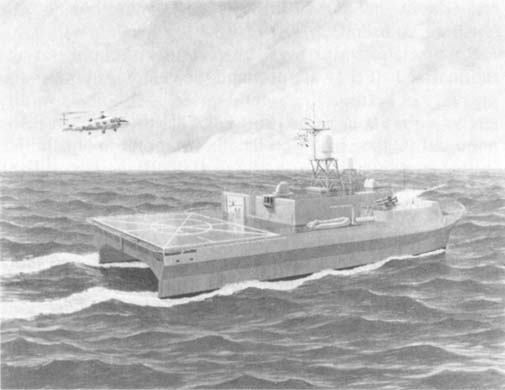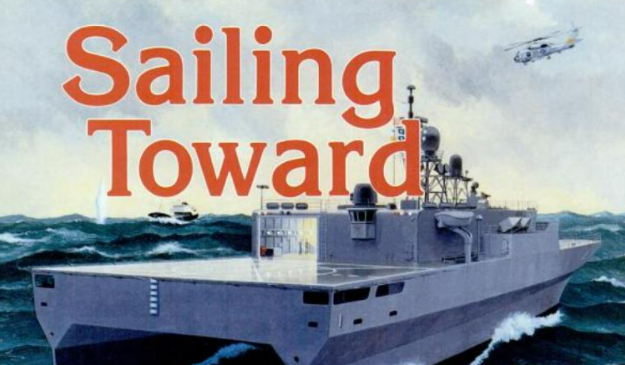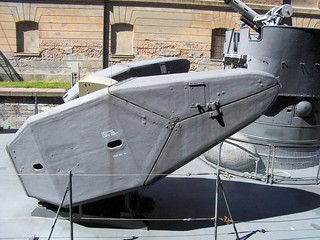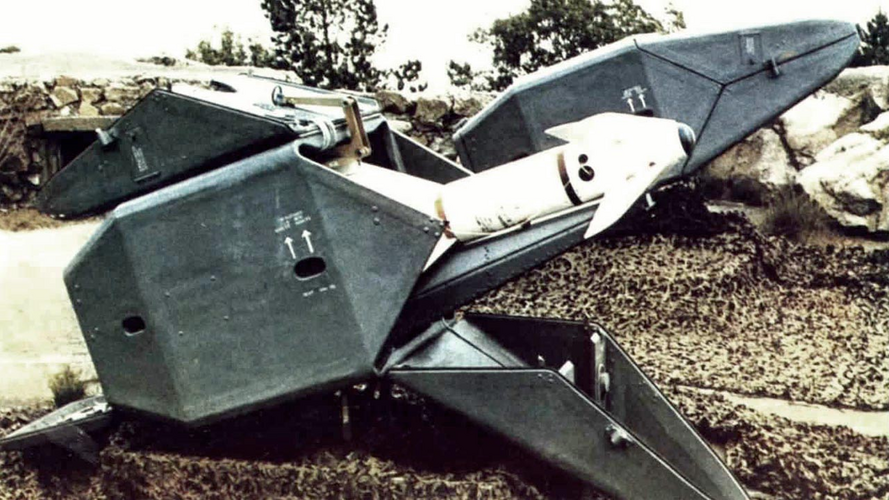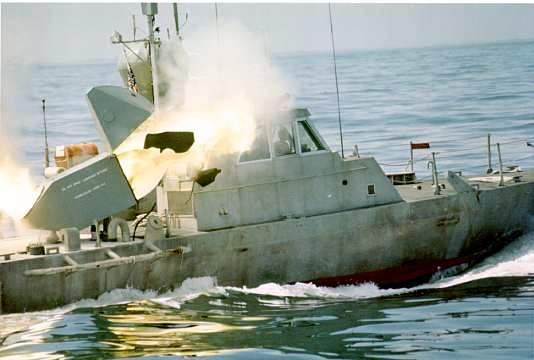- Joined
- 9 October 2009
- Messages
- 19,868
- Reaction score
- 10,375
This was intended to replace the Perry class on the building slips from 1984 onwards (the last of the latter were planned [pre-Reagan] to be completed by 1982). It was intended as an extremely austere 'ASW only' frigate, originally to be based on the short-hull Perry design but with the half the cost of an FFG-7. In service it would have been operated by the Naval Reserve Force, primarily in 'support of mercantile convoys'. However, someone in the Pentagon got the idea that the Navy could save even more money by basing the design instead on the FTH (Frigate, Training, Helicopter) concept that was being looked at in the second half of the 1970s. In this form, it would have been little more than a towed array tug & helicopter platform. On other forums, it has been compared to the pre-Falklands Type 23 design, but with even less armament and equipment. The Navy seems to have settled on a final design by 1980, but detailed design work was paused in 1981 by the new administration and not resumed, being replaced a year or so later by a new program intended to provide a much more capable FFX for the regular navy as well as the reserve. Unfortunately I haven't been able yet to find any illustrations or drawings of either the originally Perry derived design nor the FTH derived one.
Despite much hard work, this Reagan era FFX in turn was displaced (alongside other programs such as the DDGY) in early 1989 in favour of the 'Battle Force Combatant' (BFC), which had the ambitious aim of replacing all frigates, as well as non-Aegis destroyers and cruisers, with a single multipurpose design. The BFC was part of (indeed arguably the cornerstone) of the 'Revolution at Sea' effort.
Despite much hard work, this Reagan era FFX in turn was displaced (alongside other programs such as the DDGY) in early 1989 in favour of the 'Battle Force Combatant' (BFC), which had the ambitious aim of replacing all frigates, as well as non-Aegis destroyers and cruisers, with a single multipurpose design. The BFC was part of (indeed arguably the cornerstone) of the 'Revolution at Sea' effort.

